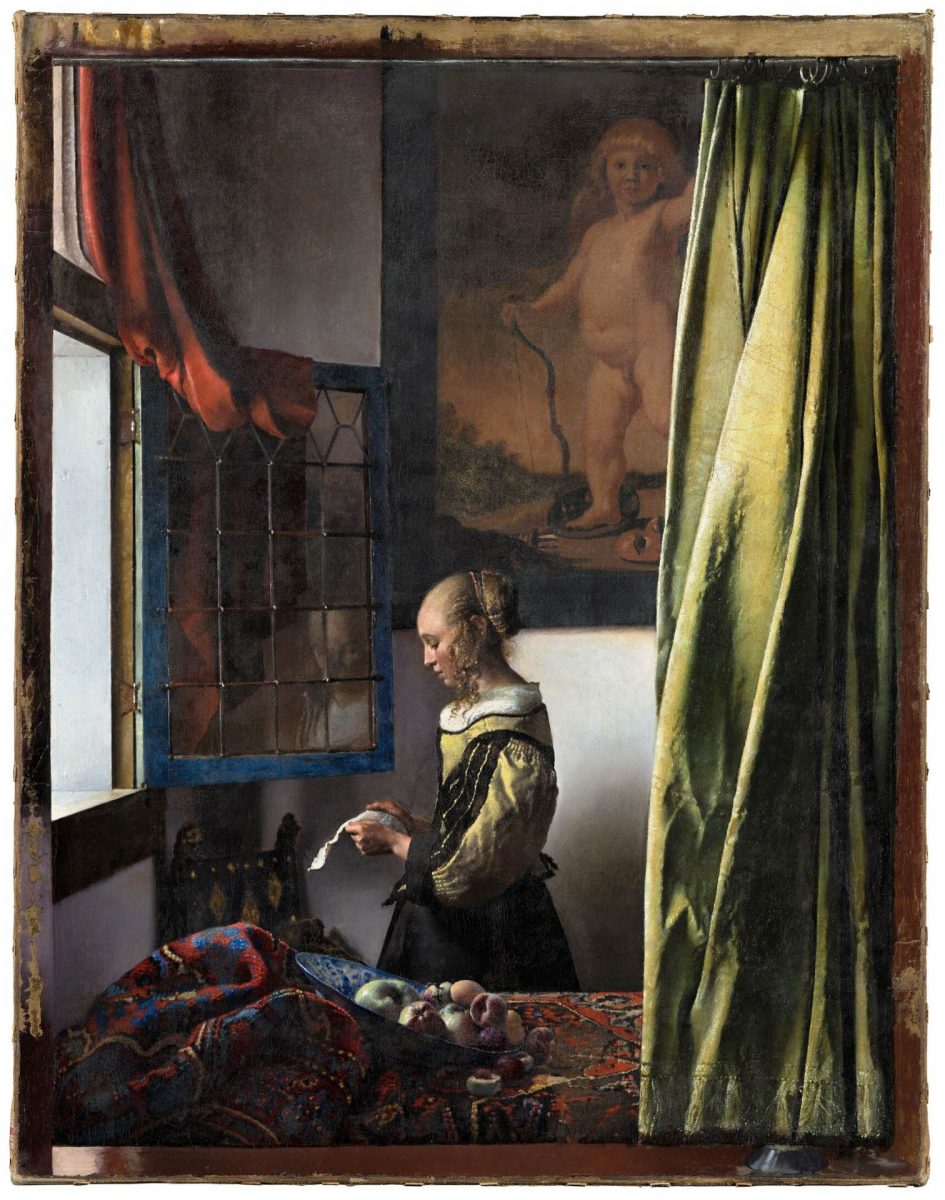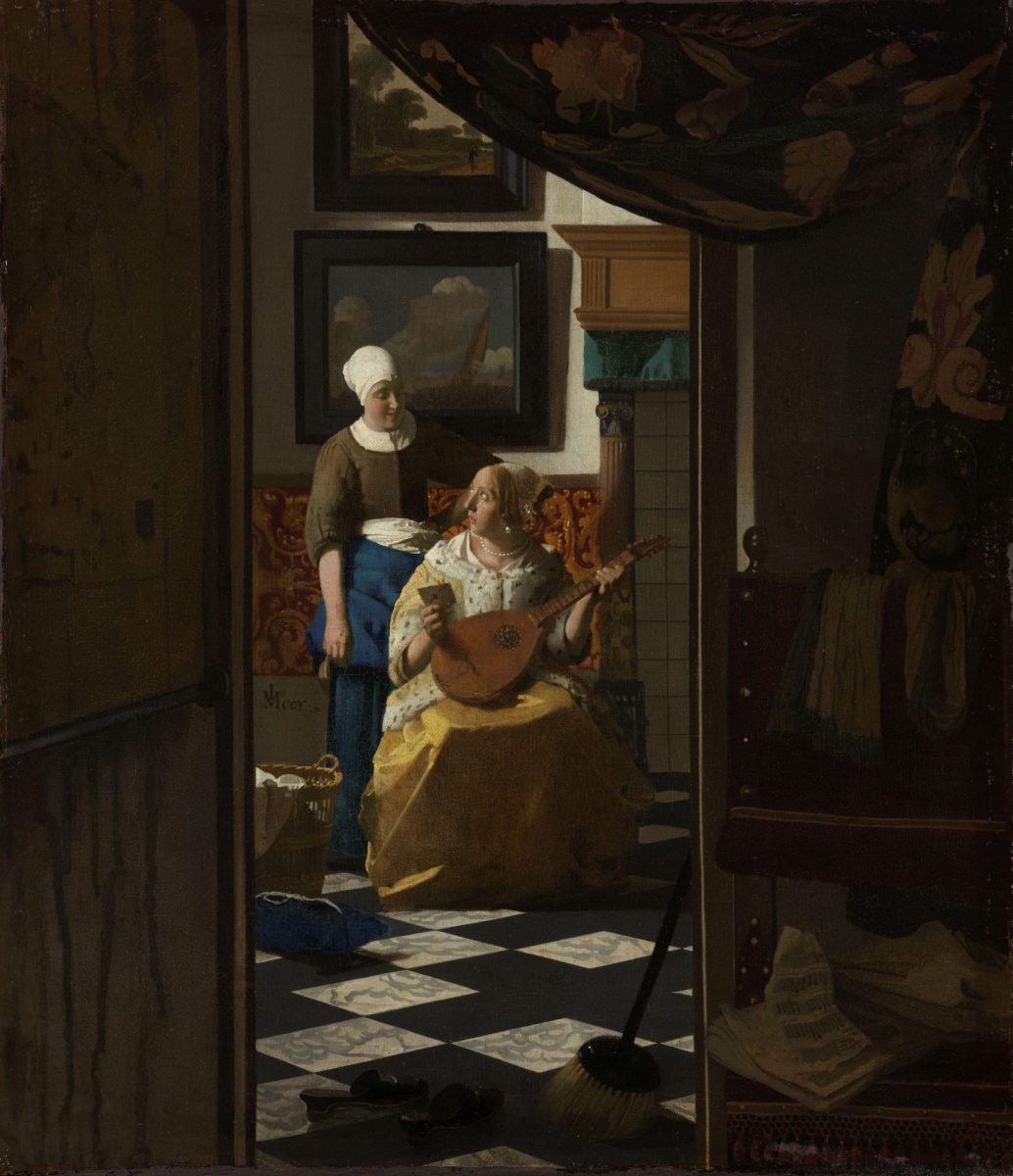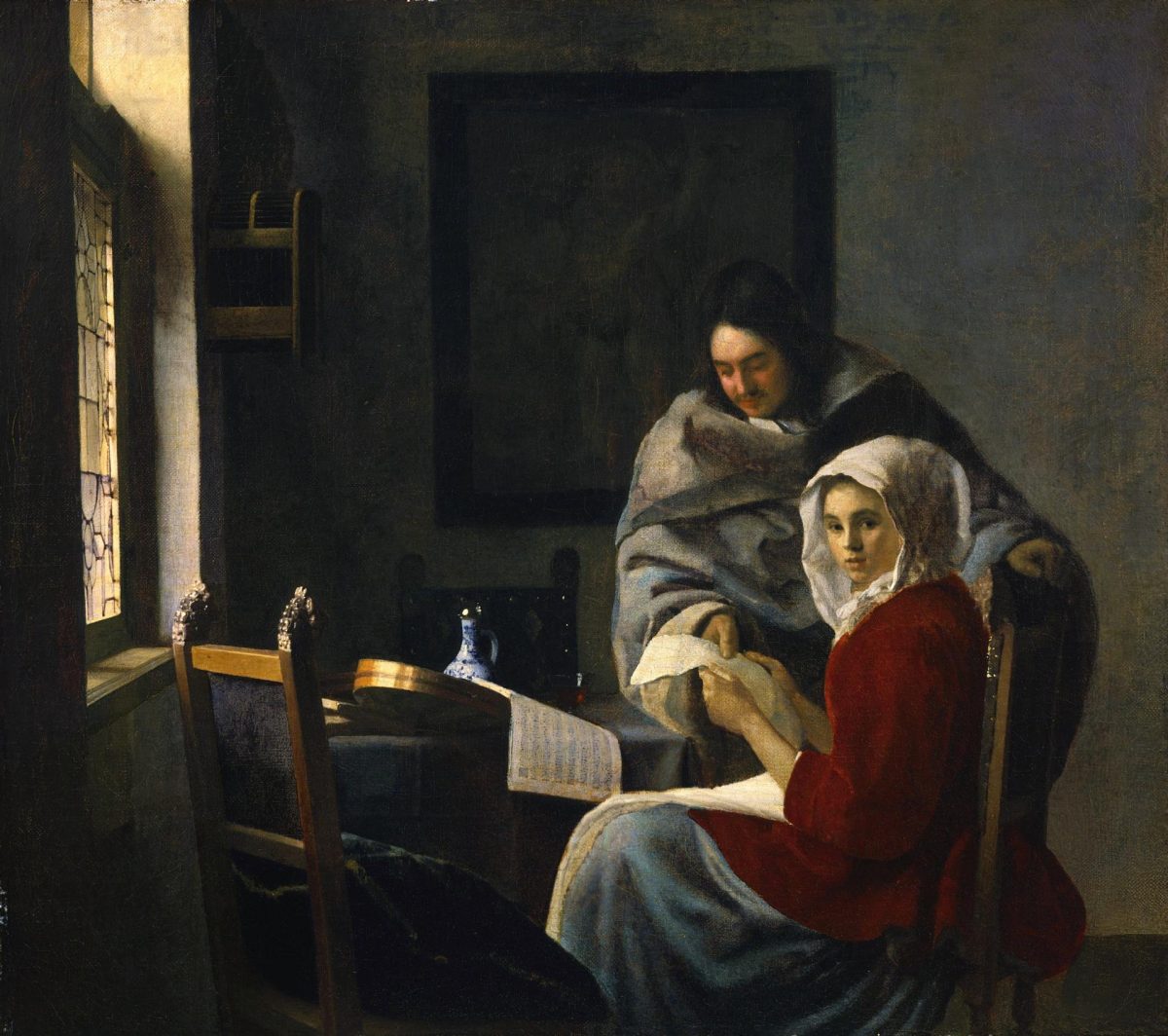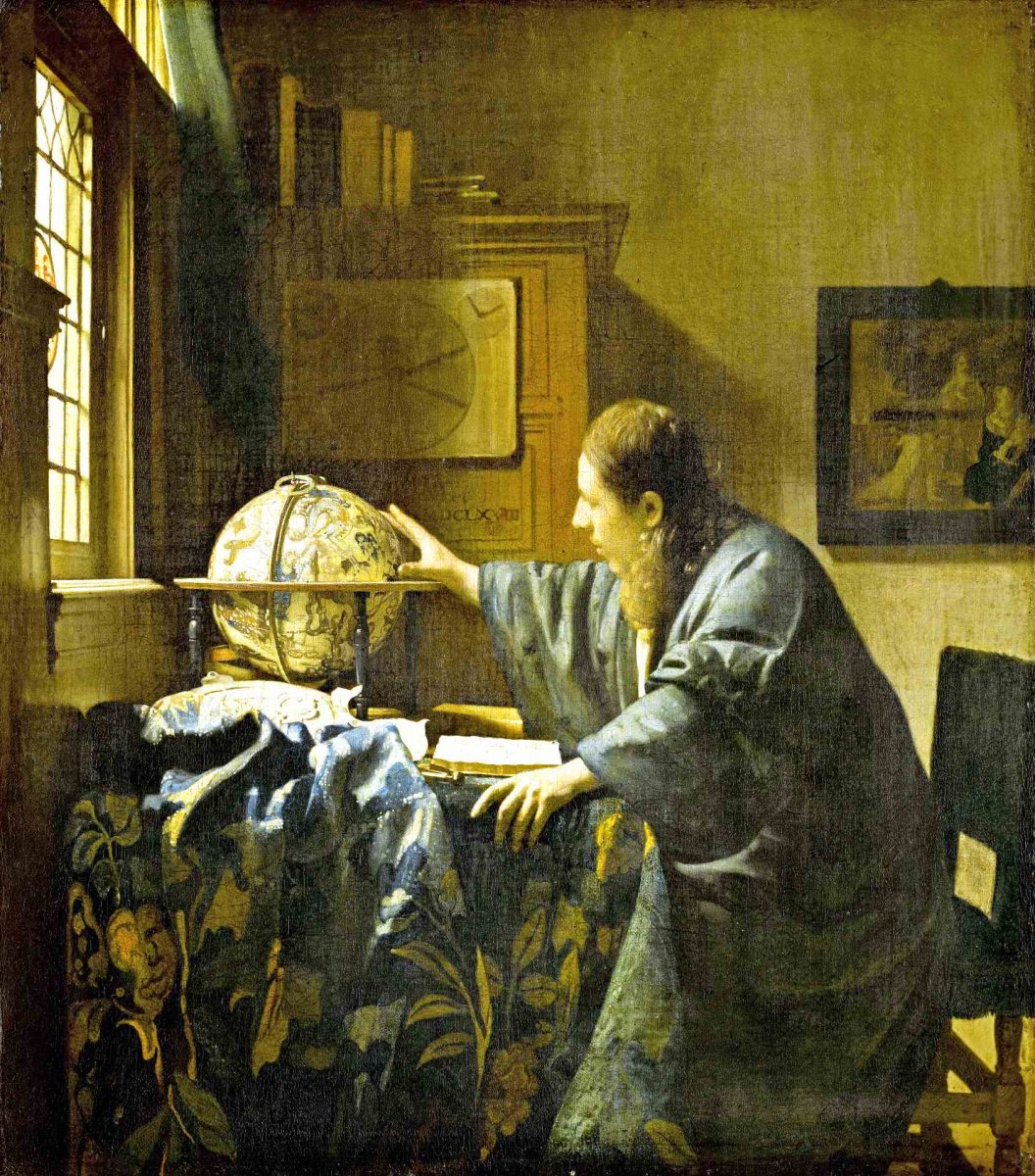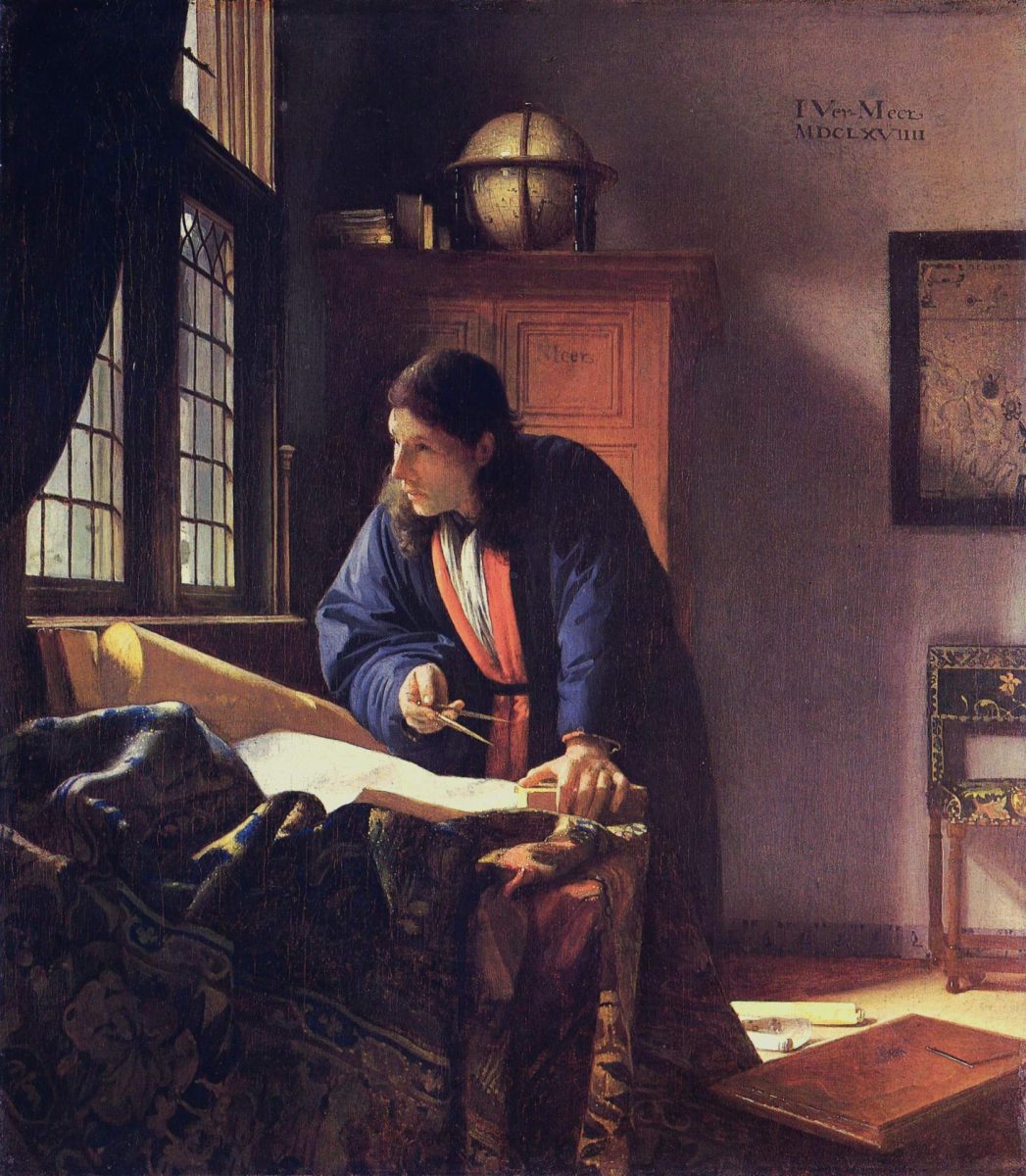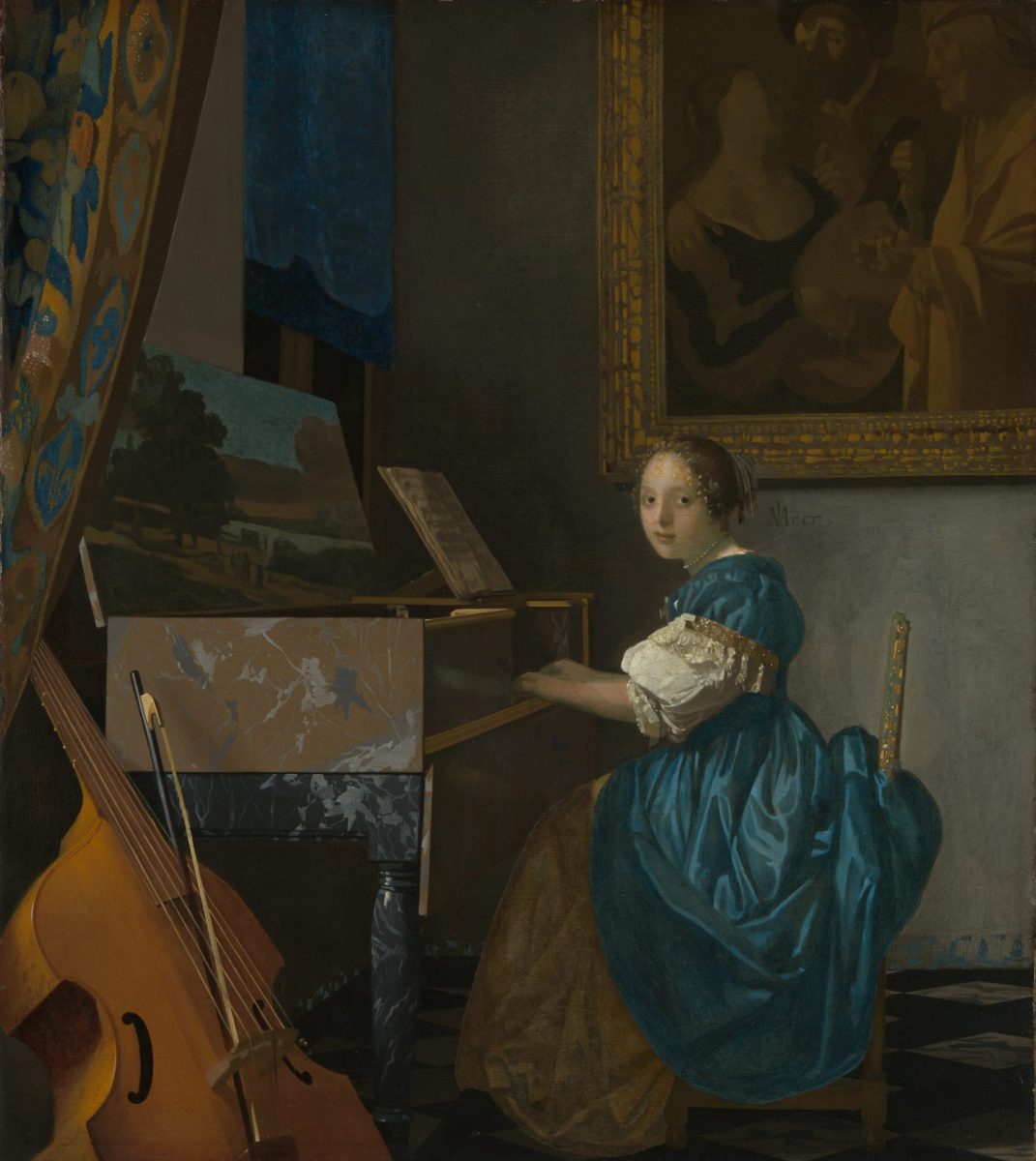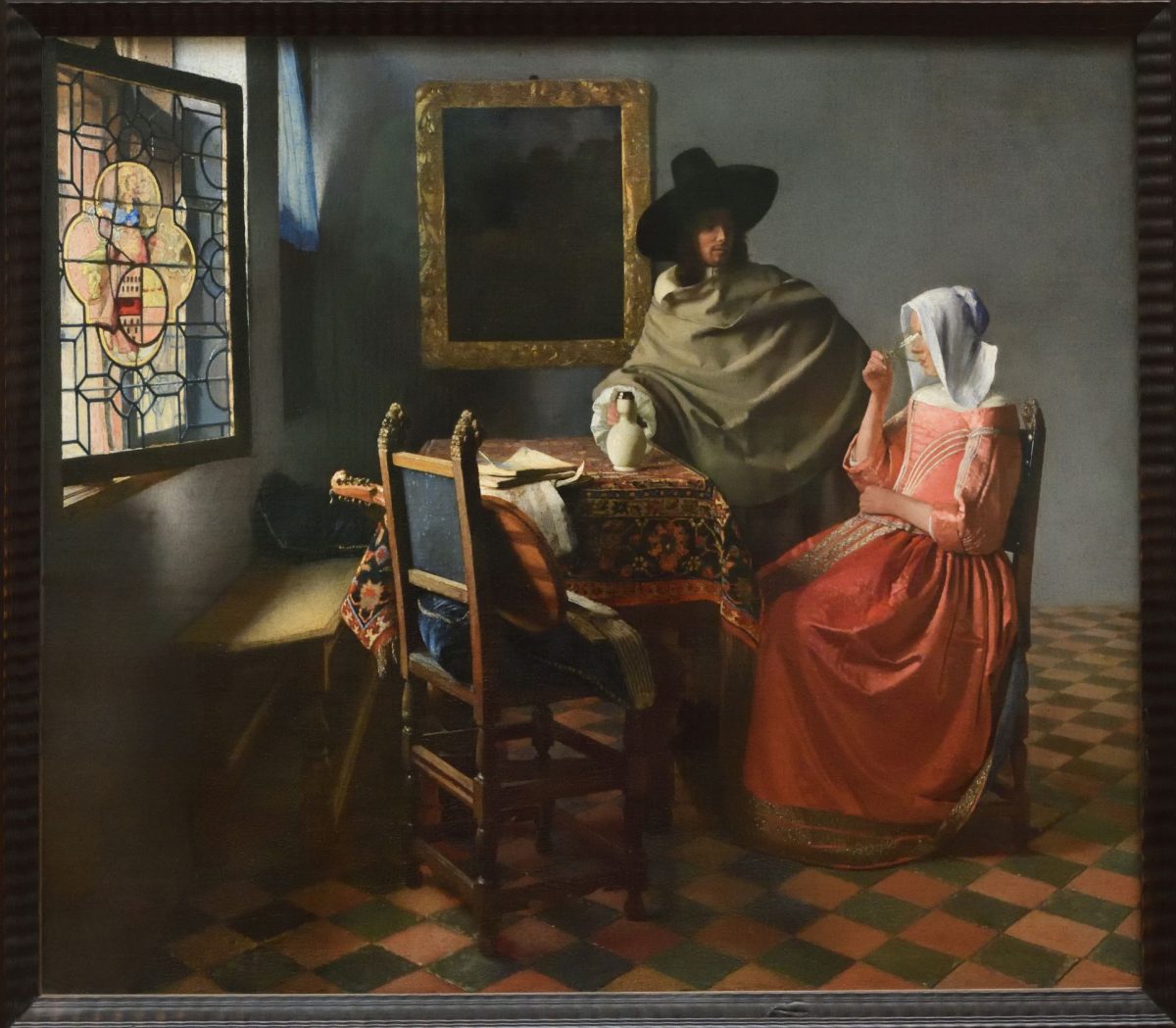From February 10 to June 4 in Amsterdam, the largest ever exhibition of works by Jan Vermeer, one of the greatest masters of painting of the Dutch Golden Age, will take place.
The Dutch Rijksmuseum, which owns four works by Jan Vermeer (“The Milkmaid”, “The Little Street”, “Woman Reading a Letter”, and “The Love Letter”), has decided on an ambitious project: to collect as many of his works as possible under its roof. A rather logically sound exhibition, considering it’s the largest museum in the artist’s homeland. From the neighboring Hague comes the legendary “Girl with a Pearl Earring” and two other paintings. When asked if she felt bad about lending her key masterpiece to a “competitor,” Mauritshuis Museum director Martina Gosselink said: “We’re going to miss her terribly, but what’s a Vermeer exhibition without ‘Girl with a Pearl Earring’?”
But all the other paintings had to be collected from all over the world. However, there aren’t many of them. Today, art historians know of only 35 works. The upcoming exhibition will include at least 28 of them. No one, not even Vermeer himself, had ever been able to see so many of his works together before, because they had never been under the roof of his studio at the same time.
Previously, such a major retrospective of the painter was held back in 1996 in The Hague — 23 paintings were exhibited. The idea for the current exhibition came about when the Rijksmuseum learned that the Frick Collection in New York was closed for repairs. Why is it important? The place owns important works by Vermeer, which the museum, like other exhibits in its collection, refuses to lend to outside exhibitions. But now that the place is under repairs, it’s time for the masterpieces to go on a tour.
So, which Vermeer works won’t be appearing in Amsterdam? First, there’s “The Concert” from the Isabella Stewart Gardner Museum in Boston. The reason is rather tragic — the canvas was stolen in 1990 and no one has seen it since. Next, “The Music Lesson” will not be brought from The Royal Collection, as it is now too fragile for that. And “A Maid Asleep” from the Metropolitan Museum of Art will not be exhibited for an even more upsetting reason — it ended up being a part of the collection under the will of millionaire Benjamin Altman, which expressly forbids lending it. The exhibition will also not include the iconic “The Art of Painting” from the Vienna Museum of Art History — the Austrians did not want to impoverish their collection, even temporarily. And “The Astronomer” is currently exhibited elsewhere — the Parisian Louvre agreed to lend it to the Louvre Abu Dhabi for an extended period of time.
Instead, the Rijksmuseum will display several works that are still not certain to be created by Vermeer. Among them are “Saint Praxedis”, a rare example of the master’s religious painting, and a small “Young Woman Seated at a Virginal” from the Leiden Collection of billionaire Kaplan. There was even a bit of a scandal because of “Girl with a Flute” from the National Gallery of Art in Washington, D.C. The museum recently announced that it was the work of Vermeer’s studio, not Vermeer himself. To which the curators of the Rijksmuseum openly objected, adding that all “doubts will disappear as the painting flies to us over the ocean.”
In preparation for the exhibition, many works were subjected to serious scientific research. Surprisingly, it seems that the common notion that the artist worked slowly, in great deliberation, must now be reconsidered. It’s true that his canvases create a sense of contemplation and thoughtfulness, but it was proven that he painted quickly and made no mistakes. A true virtuoso, as they used to say.
Photo: wikipedia.org
